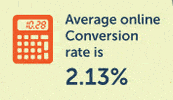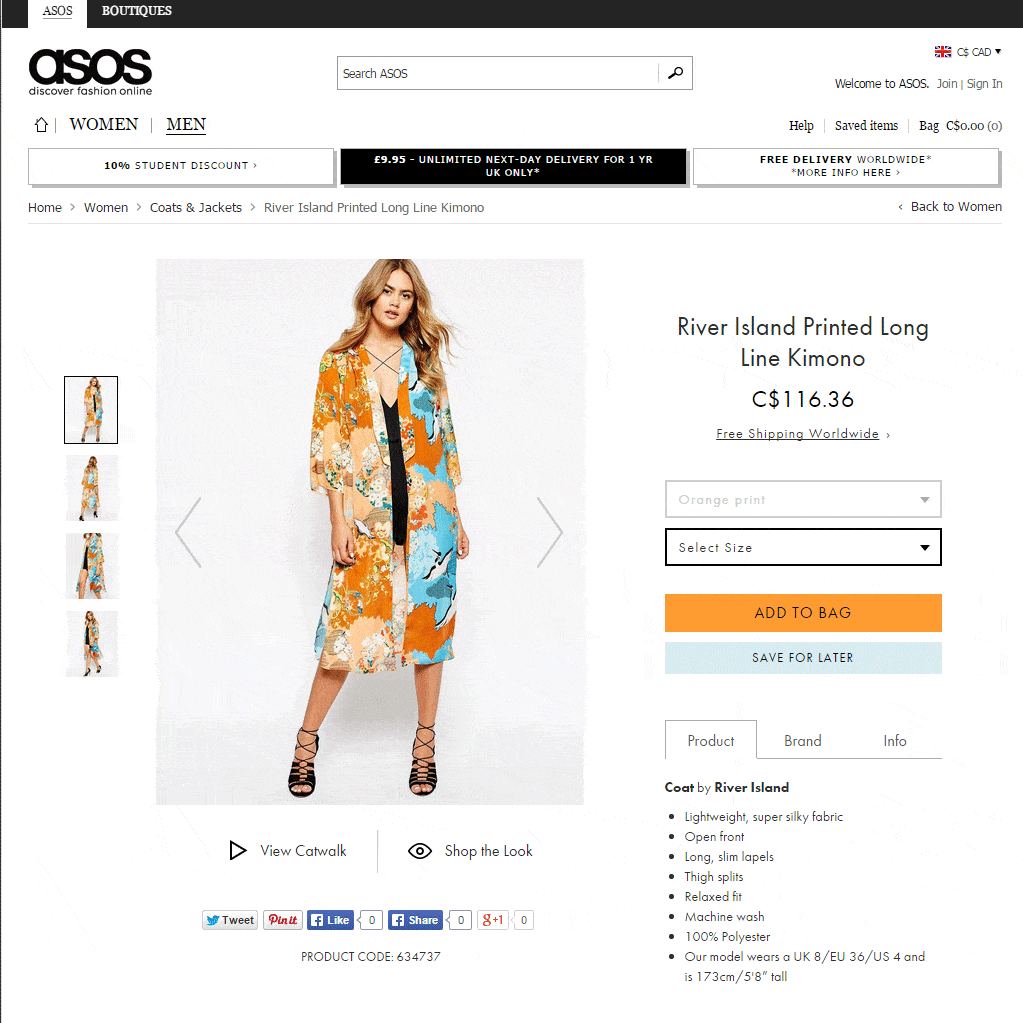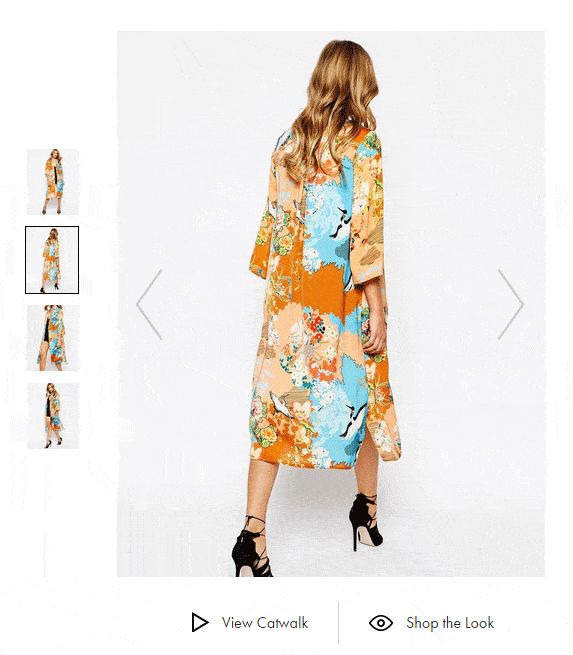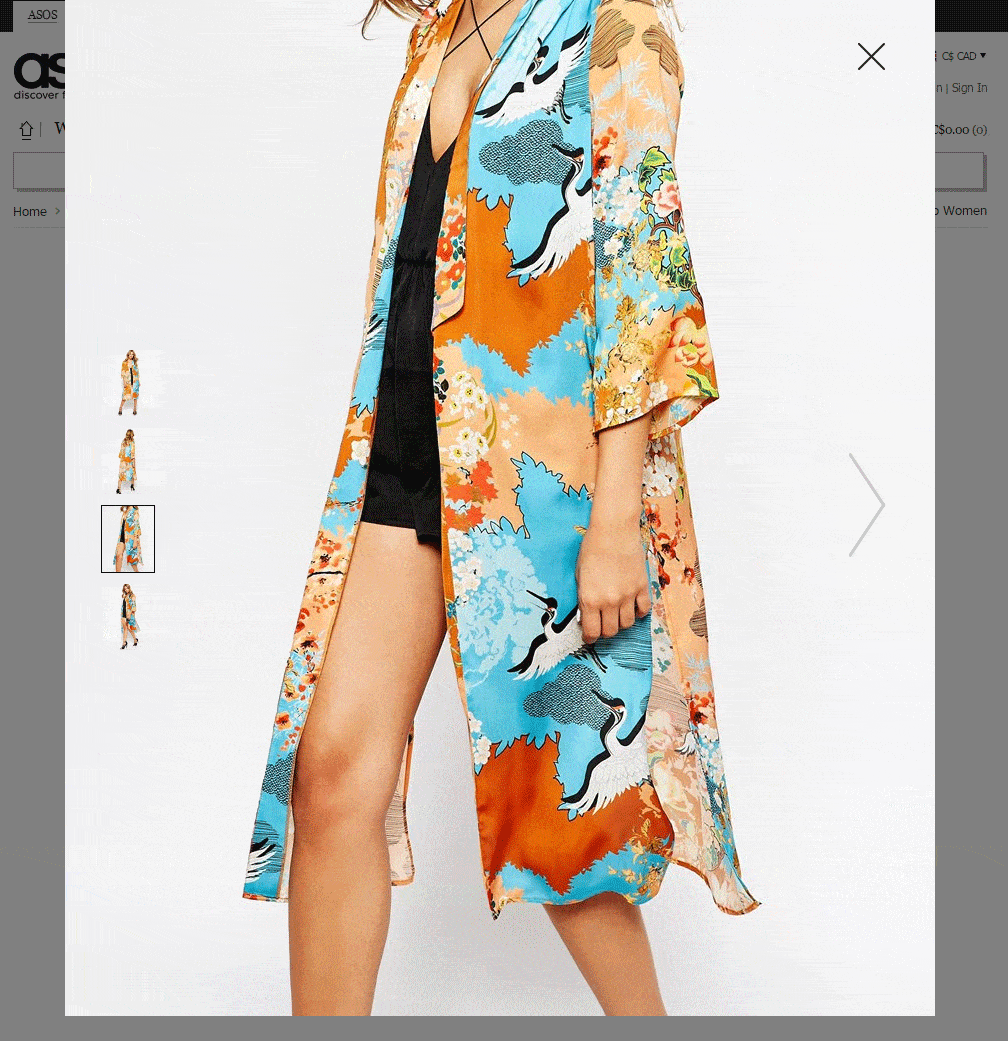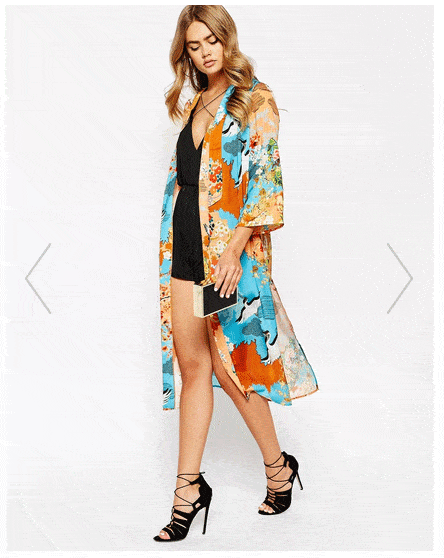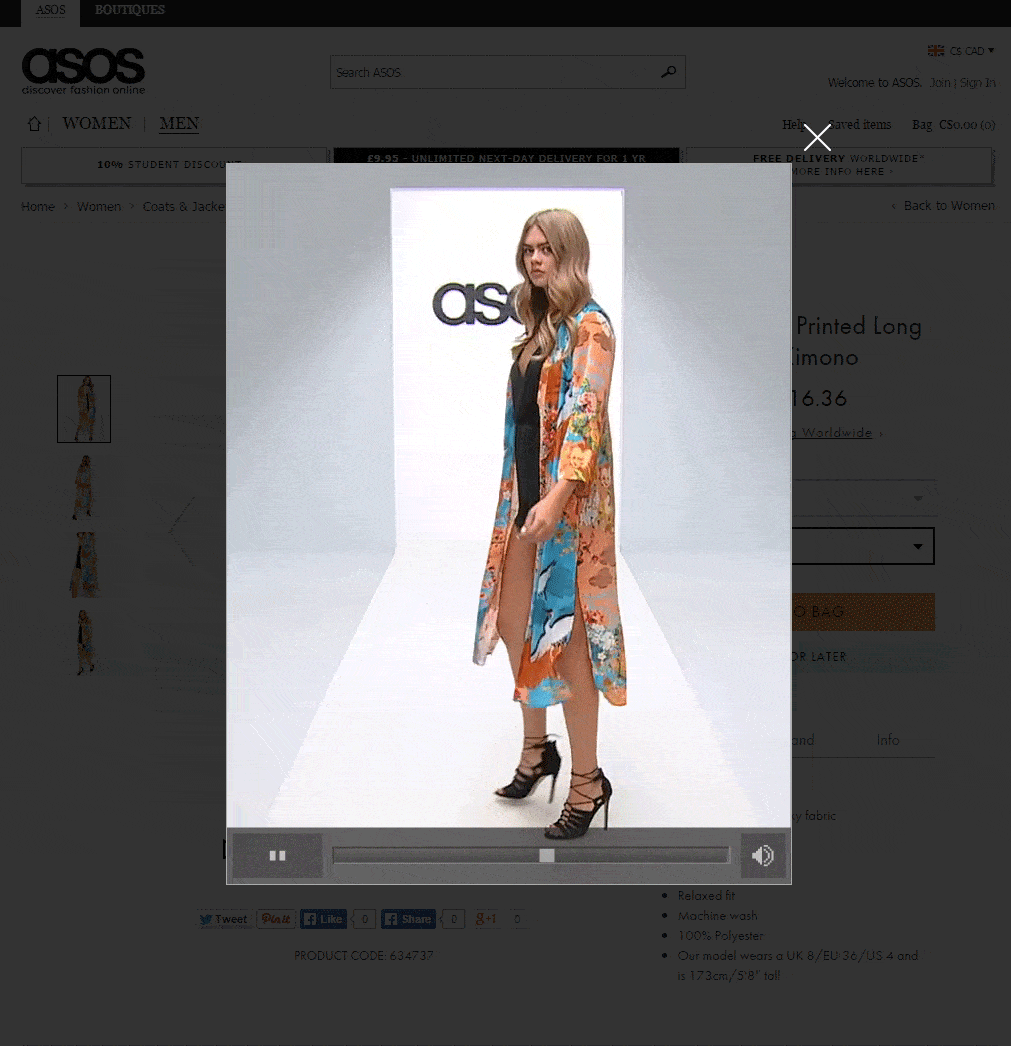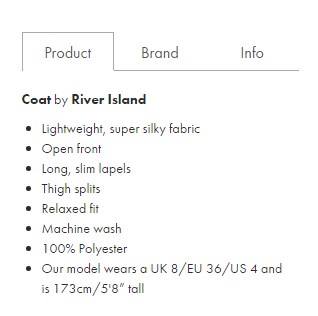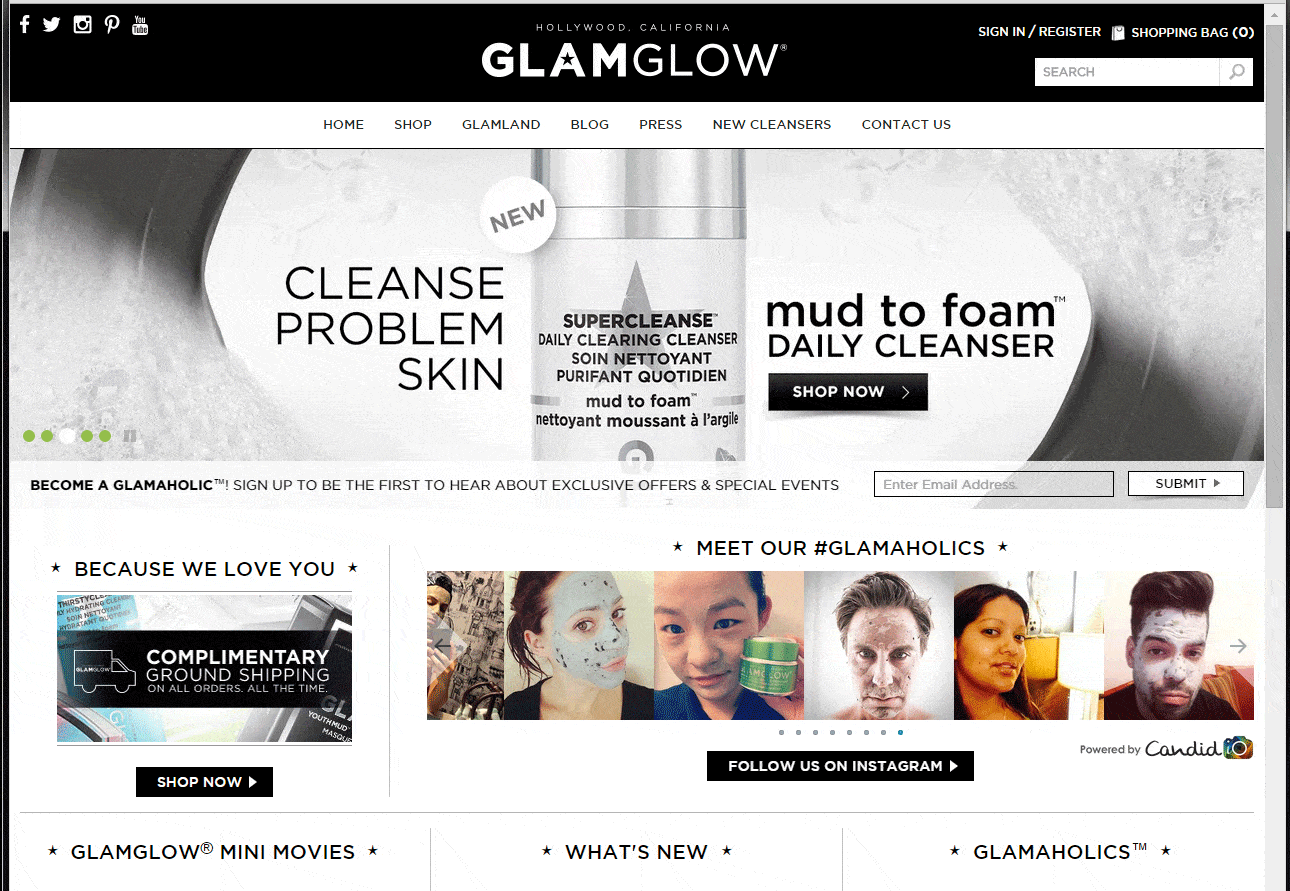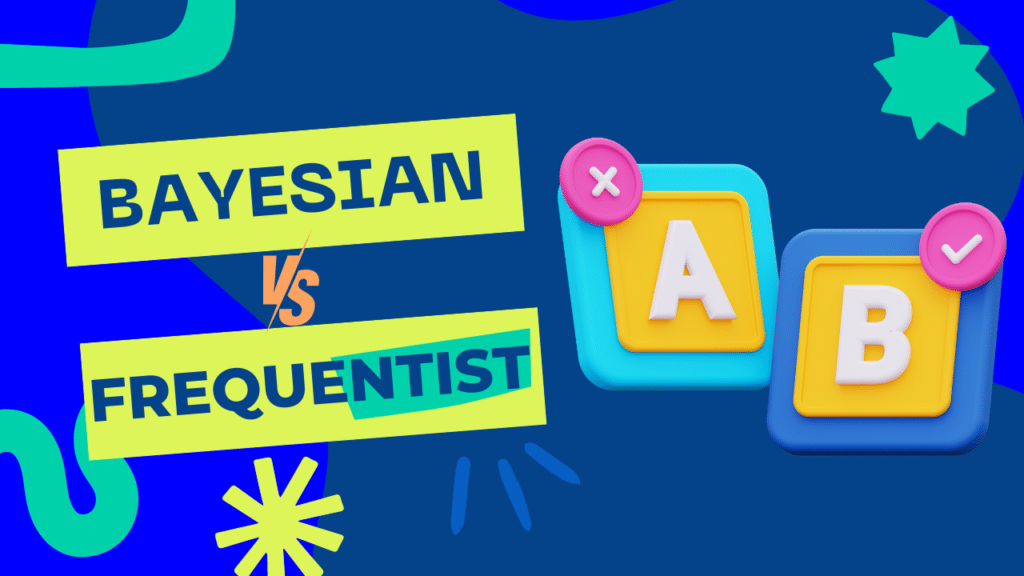Wikipedia’s article on “money” tells us that the first records of barter date back over ten thousand years. And the first known coins are well over 2,500 years old.
Whenever the exchange of goods and/or money for other goods and services began, you can rest assured that, from the moment it started, people quickly how to sell – how to ‘convert’ a customer.
Fast forward to the 20th century and the art of selling products advanced to the point of having large, well-stocked and strategically located bricks and mortar stores, and trained salespeople, all devoted to getting shoppers to buy.
And it worked like a charm. From Dillard’s to Walmart, many mega-fortunes were made in 20th century retail. In B2B, companies like Xerox developed sales techniques and ways of teaching them that are now legendary.
Then the Internet Came Along and Ruined Everything
It didn’t take us long to realize the potential of the world wide web for selling. Suddenly, without the need for a “store”, or salespeople, ecommerce opened the world of retail to anyone with something to sell.
But one tragic fact was soon apparent, while bricks and mortar enjoyed conversion rates of between 20% and 40%, ecommerce retailers could not slip the bonds of single-digit conversion rates.
While the reasons for this are many, including concerns about doing business with a website, the fact that it is more difficult for shoppers to understand and assess a product through online product descriptions, versus actual touch and feel in a store, is no doubt a major factor.
And the lack of online sales people, available to answer questions or otherwise assist with the experience of the product, compounds the problem.
“Writing” Better Product Descriptions
Clearly your product descriptions carry a heavy burden. To fulfill their role along the conversion path, they must:
- Attract and keep the customer’s attention
- Convey as much as possible of the physical and emotional experience and benefit of the product
- Anticipate and answer at least the most common questions and concerns
- Be brief, clear and easily consumed
- Foster the customer’s progress along the path to conversion
It’s a massive amount of responsibility.
So much so that, to be successful, it helps if you rethink your approach to product descriptions.
It’s unreasonable to think that any number of words, regardless of how well-written, can conquer the tall task of properly describing your products. And you only have a few words to do so.
But if you consider the words you write as just one part of the overall description of your products, you’ll begin to see a way to improve how well you convey their features and benefits.
Those words should work together in concert with a number of other descriptive elements to meet the heavy obligation of the overall product description.
Write the Script for How You Will Describe Your Product
So, when thinking of “writing” your product description, think in terms of writing a script for the various components, including words, images and video, that together will give you more of what you expect from the description.
As a quick scenario to show how this can work, let’s say you were selling storage boxes that are available in red, blue and green. By using images of the box in each color, you could avoid having to write “available in red, blue and green” and you those precious few words can be devoted instead to describe something the image can’t. Or perhaps turn the copy into a call-to-action, like “Choose your color!”.
The Menu of Components for Your Product Description
While the final mix of your overall product description elements is best determined by testing, you can pull from the following, among others, to make sure your descriptions help to answer shoppers’ questions and make the online experience of your product more salient and real.
Fortunately, leading online fashion retailer asos.com provides a fairly decent one-stop-spot for good examples of many descriptive devices and ways to use them – both good and bad.
Whatever they are doing, it seems to be working. Asos says they receive “millions” of daily visitors and ship to customers in 240 countries. (Interestingly, by most other counts, there are fewer than 200 countries in the world – but I digress).
• Images – Yes, they are each worth 1,000 words. But make sure you use all those words wisely by choosing images that fit and contribute to the overall product description, and not merely repeat what is said elsewhere.
It all starts with bright, crisp imagery.
Multiple angles let the customer get a more three-dimensional idea of the product, like they would on a store mannequin.
A zoom features helps customers see details almost as closely as if they were holding the product in their hands.
Show Different Scenarios. Notice that the asos model has an accessory in one of the images. Also, showing your product “in situ”, where it is consumed – in this case, perhaps relaxing at home – helps trigger the customer’s imagination.
• Video – Amazingly, asos includes a “View Catwalk” video in the descriptions of many of their fashion items to show the customer how the product moves and looks while walking, turning, etc..
Videos are a great way to show how a product works, the benefits it offers or its different uses. Again, in the asos example, it might help to also show the product in a more practical setting.
• Copy – Regardless of how much we rattle on about how your product description cannot live by words alone, it can’t live without them either.
Asos uses a clever “tab” device to break up their copy into more consumable chunks. The bulleted product description is easily scannable, using words that help describe the feel of the product, like “silky”.
But the asos copy is not written to complement the images. It includes references to features that are clearly apparent in the photos. Especially “relaxed fit”. Is there an informal kimono that doesn’t have a relaxed fit?
Almost all of the copy under the “Info” tab is a repeat of that listed under the “Product” tab. Why waste the space – and your customer’s time?
• Testimonials and Other User-Generated Content – The asos product description could benefit from a customer testimonial. Imagine what a properly-credited testimonial, describing the feel of the product, or the pleasure of relaxing in it after work, would do to help the shopper appreciate its benefits.
User-generated content like testimonials can be the most powerful copy in your overall product description. It shows social-proof, which helps relieve some customers’ concerns about the acceptance of the product. Your customers believe what other customers say far more than they believe what you say.
For a good example of other user-generated content (UGC), in this case images, we need to leave asos and visit Glam Glow Mud. A main element of their homepage is a scrollable section of user-submitted images. They not only show the product in action and show how it’s used, but it also offers that priceless social proof in a way that can’t be done in a written description.
Yes, social sharing is not always an easy product description element to generate, and neither are some of the others in certain cases – good copy doesn’t write itself. But it’s far more difficult, and costly, to depend on any one component to describe your product than to spread the heavy load across several.

